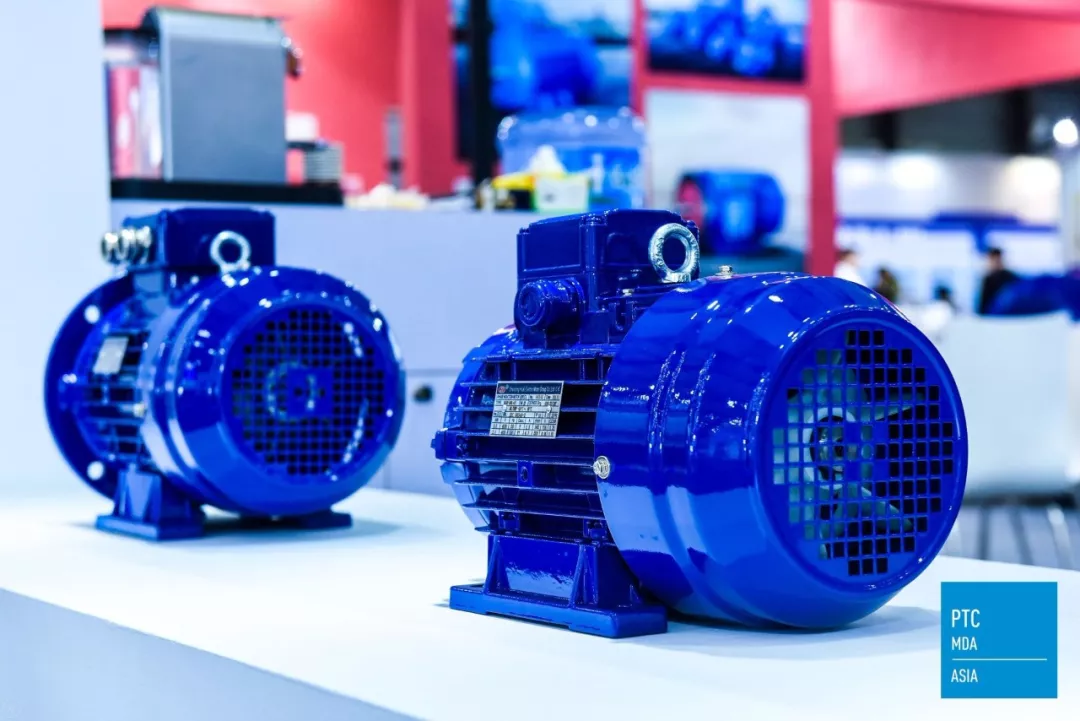Motor energy efficiency level and energy saving calculation
The promulgation and implementation of the national standard "Energy Efficiency Limit Values and Energy Efficiency Levels of Small and Medium-sized Three-phase Asynchronous Motors" (GB 18613-2006) was officially implemented on July 1, 2007. It stipulates that from July 1, 2011, all energy efficiency standards that do not meet the Products that meet the mandatory requirements of national standards will no longer be produced or sold.

What is a high-efficiency motor?
High-efficiency motors appeared during the first energy crisis in the 1970s. Compared with ordinary motors, their losses dropped by about 20%. Due to the continued tightness of energy supply, so-called ultra-high-efficiency motors have appeared in recent years, and their losses are 15% to 20% lower than high-efficiency motors. The relationship between the power level and installation size of these motors, as well as other performance requirements, are the same as those of general motors.
High-efficiency and energy-saving motor features
1. Save energy and reduce long-term operating costs. It is very suitable for use in textiles, fans, water pumps, and compressors. The purchase cost of the motor can be recovered by saving electricity in one year;
2. It can be started directly or adjusted with a frequency converter, and the asynchronous motor can be fully replaced;
3. The rare earth permanent magnet high-efficiency energy-saving motor itself can save more than 15℅ of electric energy than ordinary motors;
4. The power factor of the motor is close to 1, which improves the quality factor of the power grid without adding a power factor compensator;
5. The motor current is small, saving power transmission and distribution capacity and extending the overall operating life of the system;
So what can high-efficiency and energy-saving motors save?
The following examples illustrate:
A certain company used to use Y series ordinary 7.5KW motors. A total of 10 units were operated simultaneously in the factory, running 8 hours a day and 300 days a year. This year, the company upgraded its equipment and replaced it with 10 motors of model YX3-132M-4P-7.5KW. The power is still the same, but it saves a lot of power.
With the same power of 7.5KW, the efficiency of the ordinary Y motor is 87%, and the efficiency of the high-efficiency and energy-saving YX3 motor is 90.1%, so throughout the year:
The power of Y-132M-4P-7.5KW running for one year is: (7.5/0.87)*8*300=20689.6 degrees
The power of YX3-132M-4P-7.5KW running for one year is: (7.5/0.901)*8*300=19977.8 degrees
Using a high-efficiency energy-saving motor saves electricity throughout the year: 20689.6-19977.8=711.8 degrees
The company uses 10 7.5KW high-efficiency and energy-saving motors, which can save 7118 kilowatt hours of electricity a year.
As industrial power, motor products are highly dependent on the country's development speed and industrial policies. Therefore, how to seize market opportunities, adjust product structure in a timely manner, develop marketable products, choose differentiated energy-saving motor products, and keep up with the national industry Policy is the key. From a global perspective, the motor industry is developing towards high efficiency and energy saving, with huge development potential. Developed countries have successively formulated energy efficiency standards for motors. Developed countries such as Europe and the United States continue to improve motor energy efficiency access standards, and basically all use high-efficiency energy-saving motors. Some areas have begun to use ultra-efficient energy-saving motors.



























 XINDA
XINDA